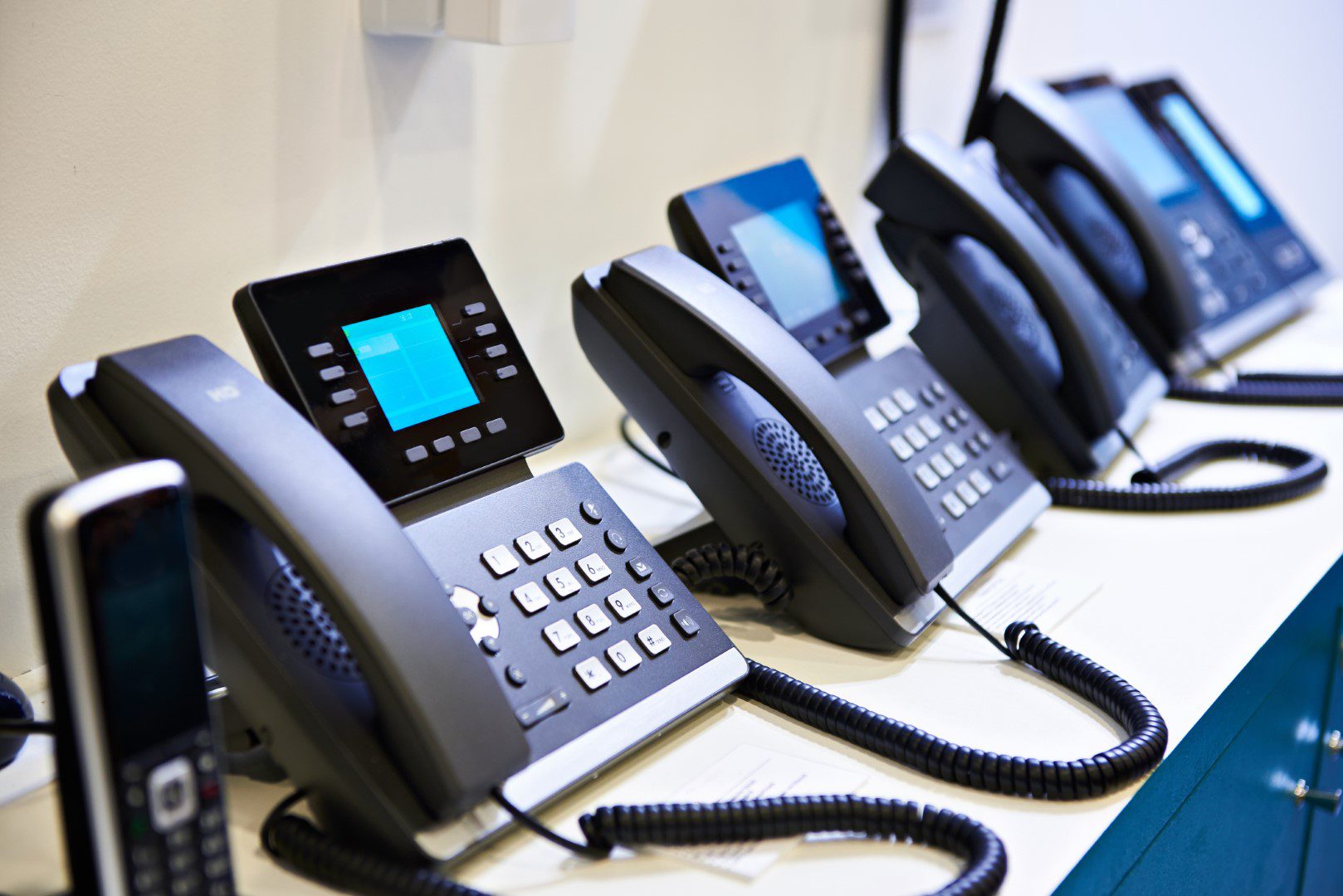Launched in the 1980s, ISDN transformed the delivery of voice and data services, enabling their simultaneous transmission over a singular digital line. This business-specific technology enhances call clarity and quality by seamlessly connecting traditional phone systems to the public network

ISDN is a business only digital line, delivered in multiples of two ISDN channels or in an ISDN 30 channel option, which interconnects a traditional phone system (PBX) to the phone network (PSTN), improving clarity and quality of calls. Before ISDN, it was not possible for ordinary telephone lines to provide fast transportation of multiple services over a single line.
ISDN (or Integrated Services Digital Network) was introduced in the 1980’s, allowing both voice and data services to be delivered simultaneously.
ISDN was very popular amongst businesses because of the flexibility that ISDN allows for multiple numbers. On each channel it gave businesses the ability to give staff individual direct dial numbers without the need to have multiple physical lines.
While ISDN lines have been the main carrier of voice and data and most popular way of making phone calls across the world for many years, the UK ISDN switch off is set to happen in 2025.
With this in mind many businesses are now making the switch to IP based solutions, such as the 3CX phone system and taking advantage of the many benefits that SIP trunks provide.

The basic advantage of ISDN lines are to provide the user with multiple digital channels, which can work simultaneously. ISDN network lines are able to switch multiple devices on the single line such as faxes, computers, cash registers, credit cards readers. All these devices can work together and directly be connected to a single line.
However, while ISDN is very resilient, it has some limitations in terms of portability and flexibility, and this now leads to the pending ISDN switch off, having served as the gold standard from the 1980’s.

Openreach released a statement in 2015 that it would stop taking new ISDN orders in 2020, with a view to switching off and deactivating its WLR (Wholesale Line Rental) portfolio including the ISDN network by 2025. They have now revised that date and have stated that you can purchase ISDN lines up to 2023. However the migration away from these services is still planned for 2025
Effectively, after 2023 no one will be able to order ISDN services and by the 2025 ISDN switch off date businesses must have totally upgraded or migrated to IP telephony in order to avoid any interruption of existing office telephone services.
Businesses will need to upgrade their office phone system to an internet based or VoIP phone system. This can be to utilise SIP trunks in place of ISDN channels, or move to a fully-hosted IP cloud system to give greater flexibility. SIP is a technology that lets you make calls over data connections connected to an IP compatible phone system. Hybrid Phone systems already use a combination of ISDN & SIP.
To discuss the best way forward for your small business phone systems, with minimal disruption to your business make contact with Juno Telecoms.

Businesses can consider SIP Trunking which can help in moving effortlessly from ISDN to modern, future-proof systems.
Moving to a cloud based VoIP system is another seamless transition option for the office phone system.
Openreach continues to develop and evaluate alternative access products, some of which are now available, others are going through trials:
Juno Telecoms has successfully assisted many small businesses migrate their broadband access as well as business phone systems, so why not give us a call to discuss ISDN switch off options.
ISDN or Integrated Services Digital Network is a circuit-switched telephone network service that transmits both data and voice over a copper digital line.
BRI stands for Basic Rate Interface made up of two 64-kbit/s B channels and one 16-kbit/s D channel, while Primary Rate Interface (PRI) is for large organisations, with one 64-kbit/s D channel and 30, 64-kbit/s B channels.
There are two different types of ISDN line. The first is an ISDN2 line, also known as a Basic Rate Interface (BRI), having two channels. Two or more ISDN-BRI lines can be combined to provide higher capacity. ISDN30 or PRI starts with 8 channels and then increments two channels at a time to max of 30.
Session Internet Protocol (SIP) trunking is a future ready solution to replace ISDN.
ISDN2 enables you to conduct 2 concurrent telephone calls at the same time over the one PSTN line.
Gain insights from our latest blog posts. These articles are packed with expert tips and updates in telecommunications to help you stay ahead.
For general enquiries, please contact us using the details below, or fill out the enquiry form.










We specialise in enhancing business connectivity with cutting-edge technology and personalised services, ensuring your business stays connected.
Company No: 04952400
Are you looking for a new website? Contact Outrank Today
